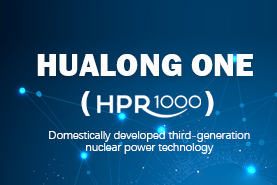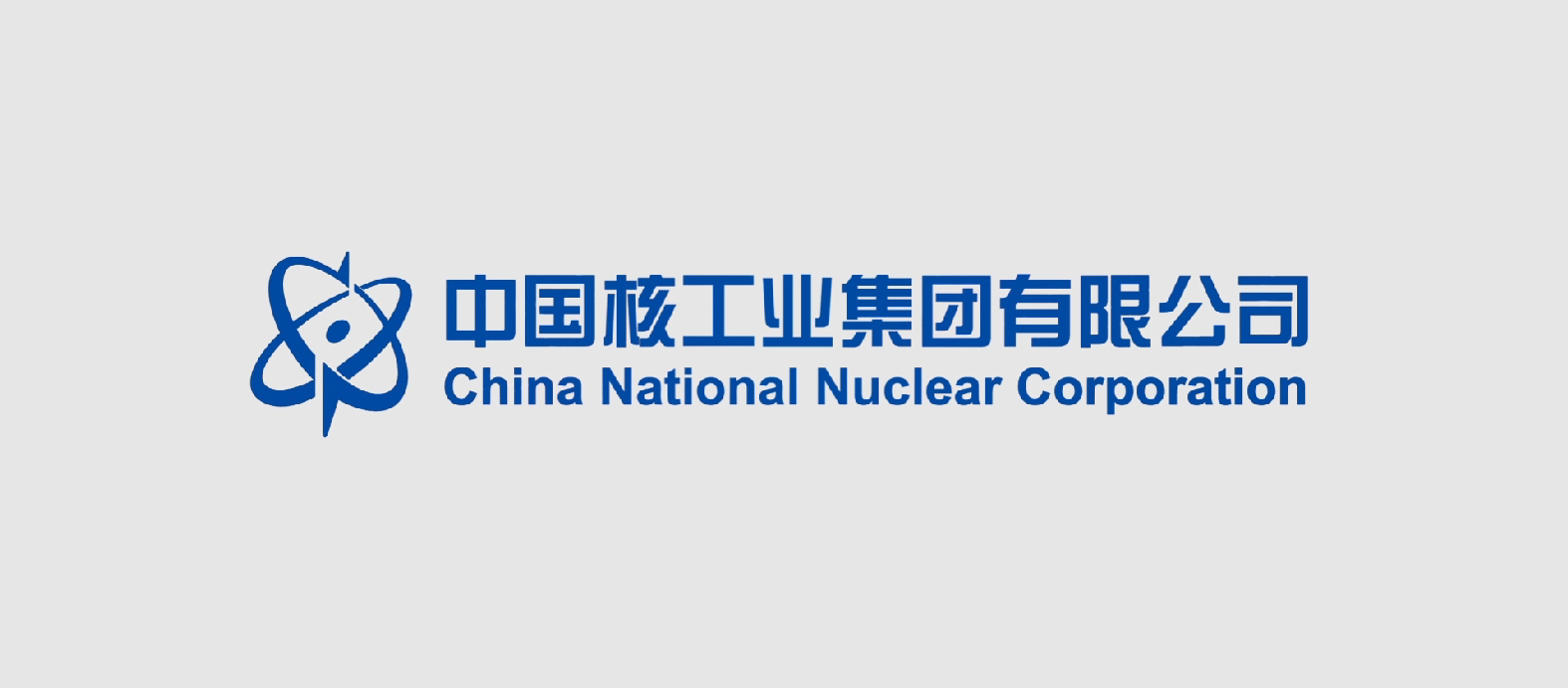China Nuclear Industry Magazine (Jan, 2016)
P01 EDITORIAL
● How Far is the Distance from China today to China as a Nuclear Power?
P10 HIGHLIGHT
Sparks of the Hualong Team
●Remodeling of His Dream — An Interview with Xing Ji, the General Designer of HPR1000
● Speeches of the Hualong Team
▋P10 Sparks of the Hualong Team
On Jan 14, 2016, CCTV announced the top 10 most influential technologically innovative people, and Xing Ji, the chief designer of the HPR1000, was named. In 2015, the demonstration units of the HPR1000 started operation. The chairman of the CNNC promoted it overseas and Premier Li Keqiang inspected the project; all of which made the HPR1000 shine. News about the HPR1000 is always exciting, and the team behind it always attracts attention. This interview with Xing Ji and other members of the Hualong design group reveals a really enthusiastic scientific research team.
P20 INDUSTRY INSIGHTS
Rational Thinking Under the Fever of Nuclear Power Exports
●Be Prudent When Hualong Goes Global
●Nuclear Power Development and Investment Risk Analysis of Export Target Countries
● Construct International Nuclear Power Training Center to Assist Exports
● Accelerate Thorium Resources Exploitation; Promote Sustainable Development of Chinese Nuclear Power
●Issues of Nuclear Damages Compensation should be Solved
▋P22 Nuclear Power Development and Investment Risk Analysis of Export Target Countries
This article offers detailed analysis of the progress and investment risks of the new nuclear energy projects inArgentina,Brazil,Britain,South Africa, and other countries. It highlights the financial crisis, political instability, debt, tax, law, corruption, public security and other issues in these countries which impact on nuclear investment by China. The article provides a large amount of detailed data and analysis showing howChinacan avoid risks when nuclear power goes global.
▋P32 Accelerate Utilization of Thorium Resources, Promote Sustainable Development of Nuclear Power in China
As a highly radioactive rare metal with a high melting point, thorium is an important strategic resource like uranium, and an important replacement of uranium as nuclear fuel in the future, which will set a new direction for nuclear power development. The use of thorium is limited in China; its overall development and utilization lags far behind other countries. The research on thorium’s application in the field of nuclear power is relatively backward, so that available resources can't get effective development. The comprehensive utilization and development of thorium resources should be designated as a national energy strategy requiring clear planning while current nuclear power technology development is maintained.
P42 MOMENTS
● Hainan Nuclear Power Station Unit1 Qualified for Commercial Operation
●Eight Operating Nuclear Power Bases During the 12th Five-Year Plan
P46 FOCUS
●Opportunities and Challenges of Nuclear Power Development under the Electric Power System Reformation
● Analysis of Electric Power System Reformation and Nuclear Electrovalence Policy
▋P46 Opportunities and Challenges of Nuclear Power Development under the Electric Power System Reformation
The Chinese electric power system reformation documents, issued on Nov 30, 2015, put forward a series of major reform measures on top-level design, electric power market construction and other aspects. Electric power system reformation on the one hand increased pressure on grid capacity but on the other hand is a rare opportunity for the development of nuclear power enterprises. The reformation pushes Chinese nuclear power into market competition, and reminds us the nuclear power should be fully upgraded so as to improve its market competitiveness.
P54 MANAGEMENT
●Practice of Mixed Ownership Reformation in CNNC
●Tentative Exploration of Internationalization of Nuclear Construction Companies
●Exploration of Response to Online Nuclear Project Rumors
▋P54 Practice of Mixed Ownership Reformation in CNNC
The mixed ownership reformation, as an important means of deepening reform in the State-owned enterprises, is gaining more attention and is used more frequently. Through answering the questions "what, why, who, and how", the article explores the mixed ownership reformation in CNNC. By analyzing the experience and lessons of mixed reformation, it tries to provide a point of reference for CNNC’s mixed reformation.
P64 SUMMARY


